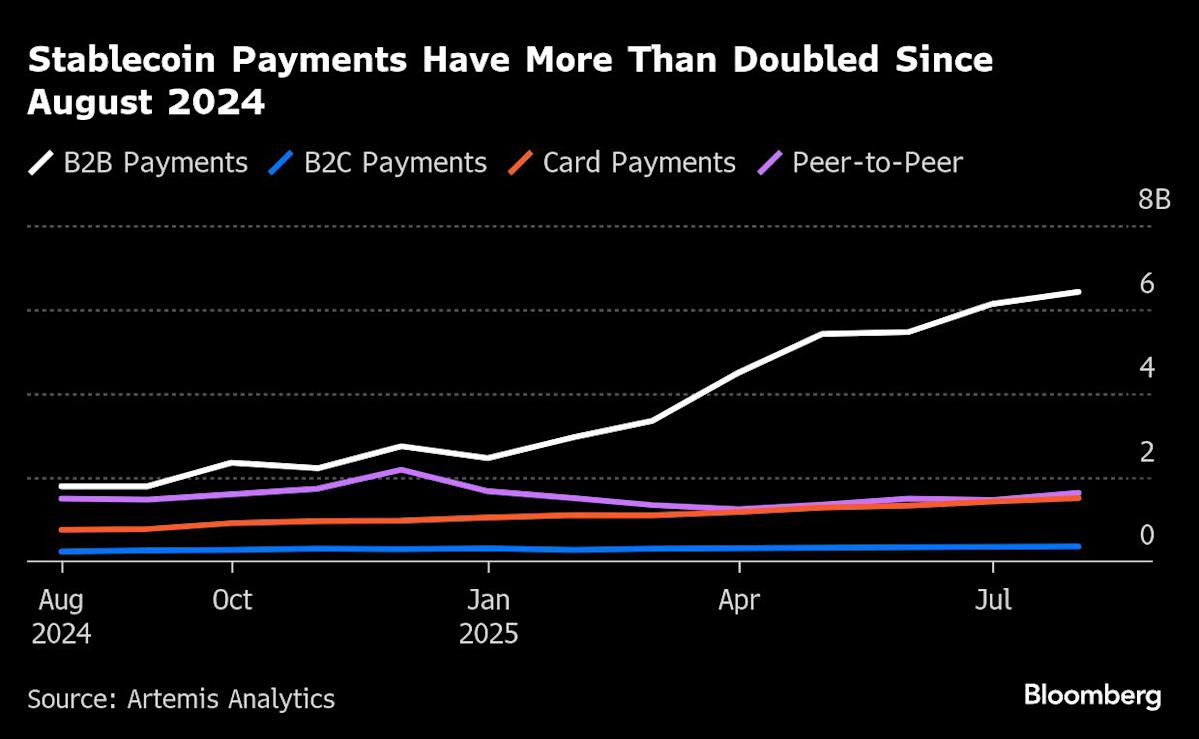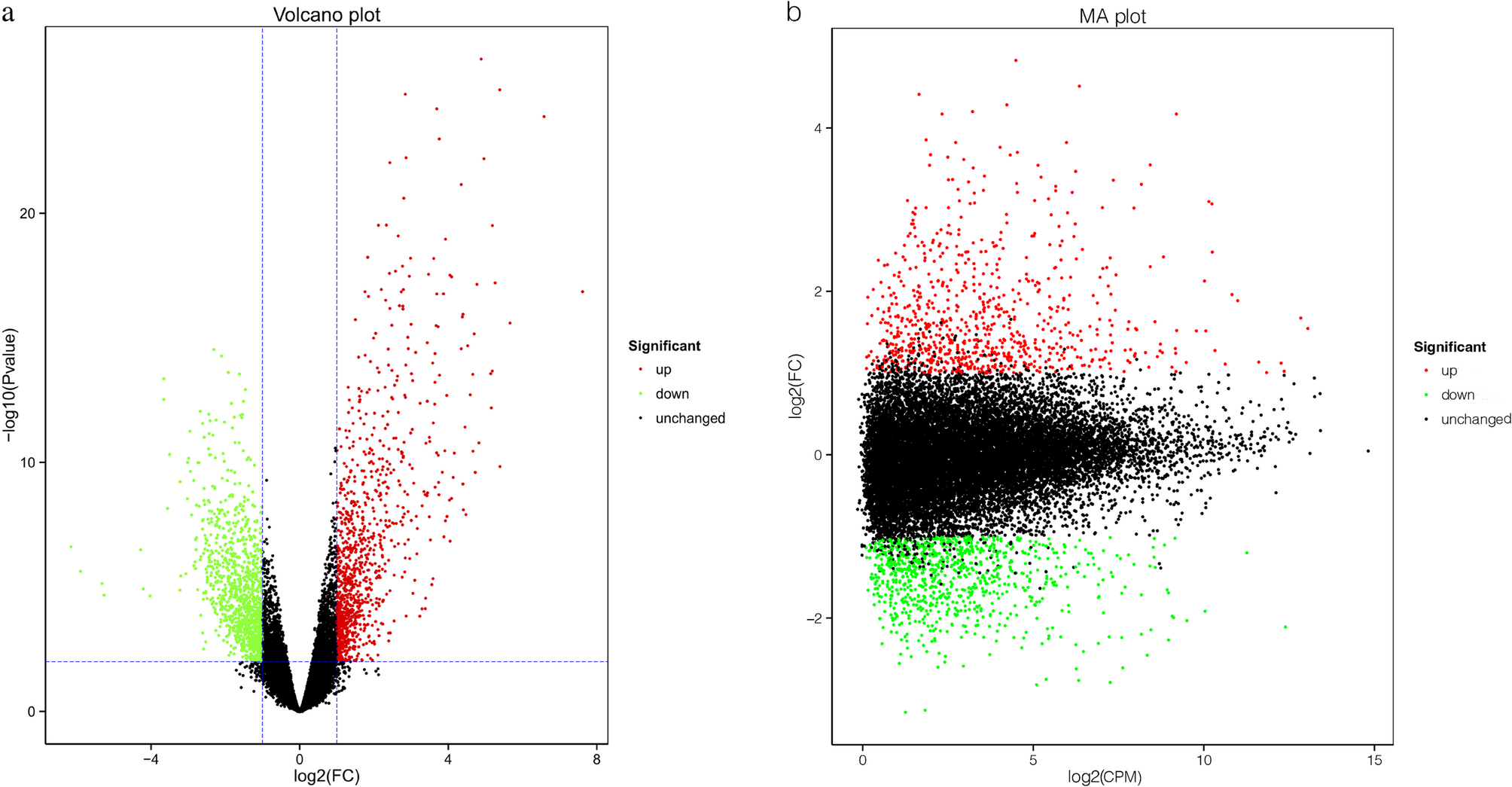For millions of years, Earth’s magnetic field has helped animals move through their environments. Birds, turtles, and fish are known to use it as an invisible map.
But now, scientists have found clues that ancient marine life may have been doing…

For millions of years, Earth’s magnetic field has helped animals move through their environments. Birds, turtles, and fish are known to use it as an invisible map.
But now, scientists have found clues that ancient marine life may have been doing…

A medical worker takes care of patients at a cholera treatment center in Kinshasa, capital of the Democratic Republic of the Congo, July 10, 2025. The cholera outbreak in the Democratic Republic of the Congo (DRC) has reached an “acute phase,”…

This year, when there was a huge controversy around the India vs Pakistan Asia Cup match, the late actor Satish Shah called for a boycott. Shah then took to his social media to urge his fans and followers to be true patriots and not watch the…

The FIS Alpine Ski World Cup season roared into action on Saturday (25 October) in Sölden, Austria, where the women’s giant slalom delivered a fairytale start for the host nation.
A decade of waiting ended on the Rettenbach Glacier as Julia…

(Bloomberg) — Consumers and businesses are using stablecoins – digital tokens pegged to the dollar – to make real-world purchases and payments at an accelerating pace since the July passage of the first US legislation to regulate that niche of the cryptocurrency sector.
Over $10 billion was moved through stablecoins in August for goods, services, and transfers, up from $6 billion in February and more than double the volume from August 2024, according to a report from Artemis, a blockchain data provider. At this pace, stablecoin payments could reach $122 billion over a full year, Artemis researchers said.
Most Read from Bloomberg
This growth follows President Donald Trump’s signing of the Genius Act into law on July 18, which established federal regulations for stablecoin issuers and requires them to back their tokens with highly liquid assets such as Treasury bills.
While stablecoin payments are growing rapidly, they remain tiny compared to traditional systems. At a $122 billion annual pace, stablecoin payments represent a small fraction of conventional payment volumes. Still, this gives stablecoin advocates optimism about the instrument’s growth prospects.
“If you look at stablecoin supply on a certain trend, and then right after Genius passed, the trend does inflect even more,” said Andrew Van Aken, data scientist at Artemis, noting the report’s illustration of an increase in the growth rate of stablecoin supply. “We certainly think it has had an incremental impact.”
Business-to-business transfers make up the most of stablecoin payments at $6.4 billion monthly – nearly two-thirds of the total and up 113% since February, the report said. This marks the first time business payments have exceeded peer-to-peer consumer transactions, which held steady at $1.6 billion monthly, according to Artemis.
Companies are using stablecoins to bypass traditional international banking delays. Businesses are “fed up with this very cumbersome send deposit here to this bank, which then sends another bank, which sends another bank,” Van Aken said.
With an average business stablecoin payment of $250,000, Van Aken said larger purchases are where speed matters most. Companies can use stablecoin to avoid the delays of routing payments through multiple correspondent banks in the traditional system, he said.

Each study participant voluntarily provided informed consent. The criteria for inclusion were as follows: (i) 18 to 80 years of age with positive diagnosis of PTC using paraffin-embedded biopsy samples; (ii) no prior thyroidectomy; (iii)…

A recent large-scale study has revealed new insights into the structural changes of the retina in multiple sclerosis (MS) patients, highlighting potential biomarkers for disease monitoring and severity assessment. Researchers analyzed optical…
BEIJING, Oct. 25 (Xinhua) — At a large shopping mall in Seoul, South Korea, a Chinese brand’s robot vacuum cleaner attracted bustling crowds. A Roborock robot vacuum cleaner, equipped with a robotic arm, precisely picked up a sock, rotated, and threw it into a box, drawing cheers from the audience.
According to data from a U.S. research firm, Roborock holds over 50 percent market share in South Korea’s robot vacuum cleaner market, firmly securing the top position, with a dominance market share exceeding 70 percent in the high-end market.
Beyond South Korea, Roborock is rapidly expanding across other Asia-Pacific markets. In Japan, during a promotion on Amazon Japan, several Roborock products ranked among the most popular robot vacuum cleaners. In Australia, its products also made it into the top ten best-selling robot vacuum cleaner list.
Over 2,000 kilometers away from South Korea, in Huizhou City of south China’s Guangdong Province, Roborock’s smart manufacturing facility operates at high efficiency, with robot vacuum cleaners continuously distributed worldwide.
From workshops in China to living rooms across Asia-Pacific, Chinese brands for robot vacuum cleaners have gained popularity among foreign customers.